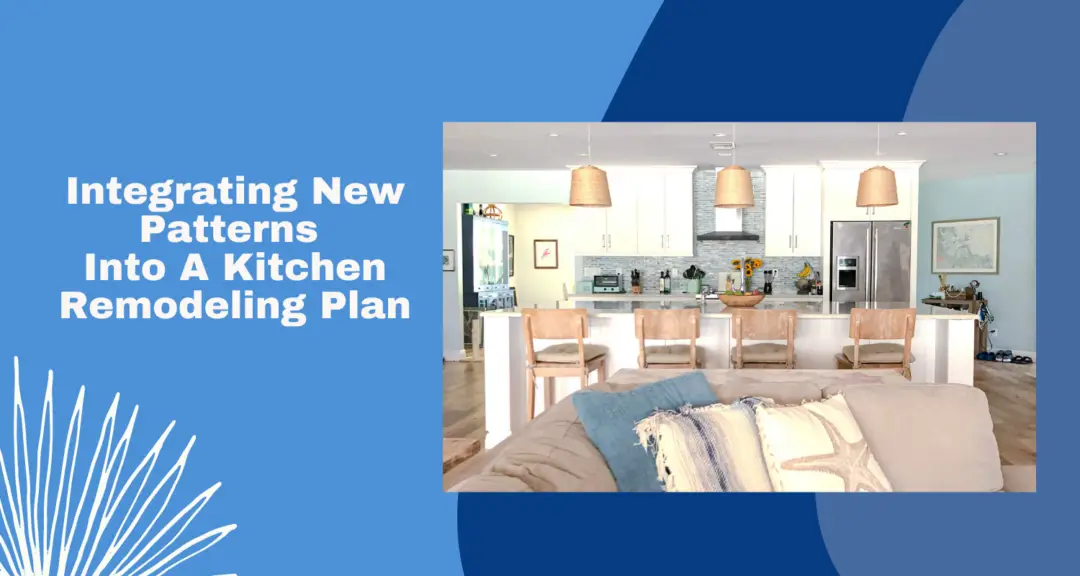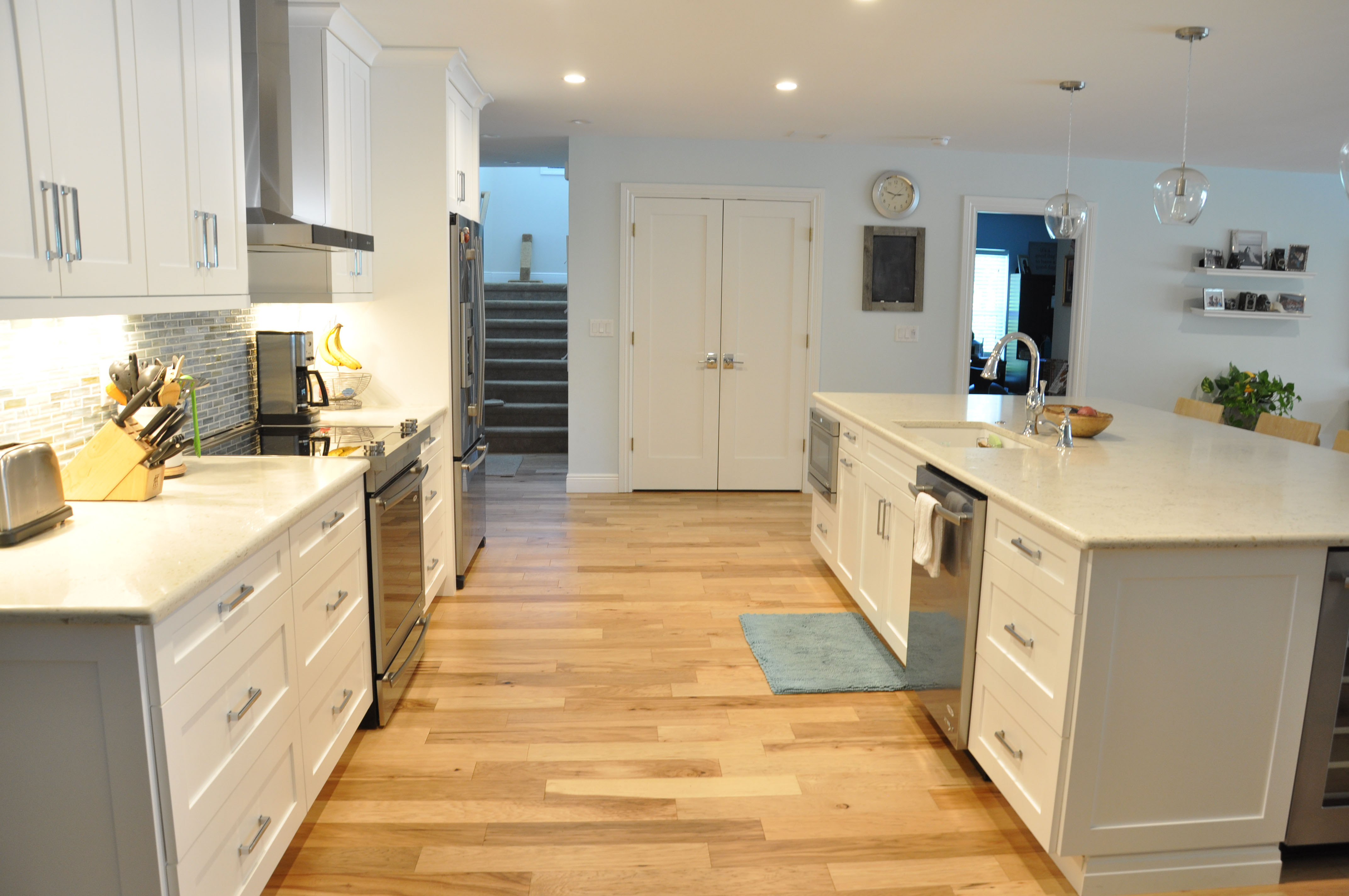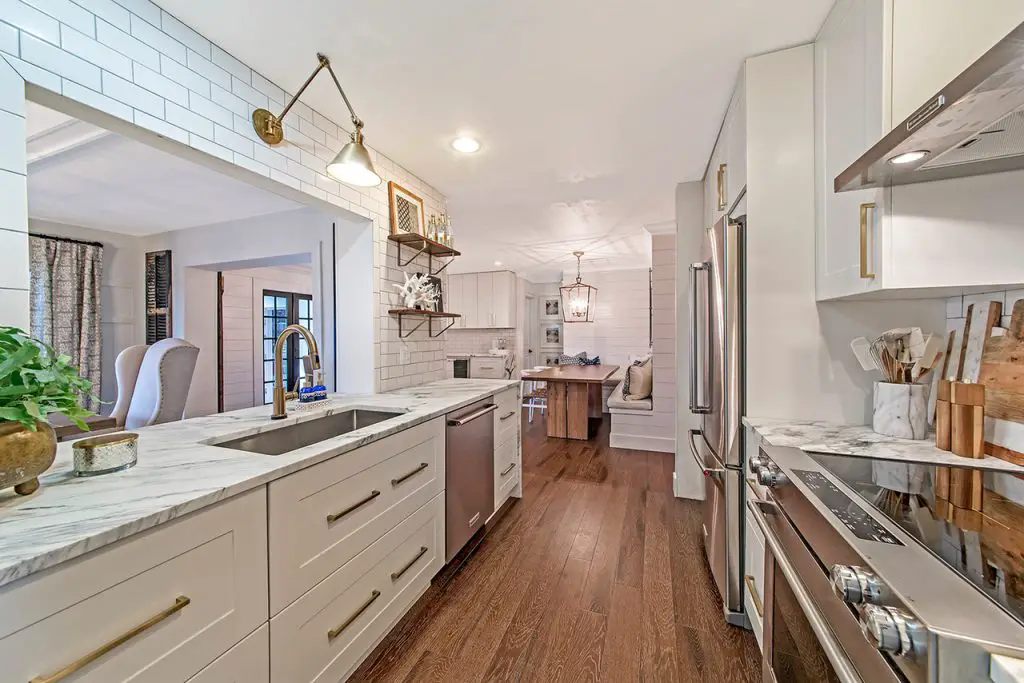
When Redesigning Your Kitchen, Patterns Should Matter
Integrating New Patterns Into A Kitchen Remodeling Plan
Home renovation projects are some of the best fun and most productive investments you can explore on a free weekend. Still, suppose there’s one room that every renovation enthusiast dreads fixing up. In that case, that title is well-deserved for the kitchen because of the sheer difficulty and hefty budget to make any concepts into a reality. Plus, once you take into account the risk of finding out that something’s wrong with the plumbing, or you start treading on a thin line for clearance, you’ll be dealing with a lot more headaches than your standard bedroom makeover.
However, once you check those two boxes from your to-do list, all you have to worry about next is guaranteeing a specific work triangle for your food preparation and the general functionality of the kitchen space. But, before you jump the gun on aesthetics and themes for your kitchen design, we recommend that you double-down on a final pattern to follow first instead of just simply going with your gut feeling.
Patterns Support The Overall Design Theme
You see, while patterns may seem restrictive and counterproductive to brainstorming and drawing ideas from your imagination, following these references support the overall design theme and emphasize critical elements that often go overlooked. Even in complex apartment spaces inspired by minimalism, these can still benefit from patterns with the interior design that helps the property come together. So, unless you’re against making your design work, patterns are a must-have for any renovation project.
Reference Your Choice Of Motifs And Styles
Likewise, given that patterns don’t conform to one singular approach, your reference material largely depends on the choice of motifs and styles you want to pursue in your kitchen renovation project. Namely, you can incorporate (1) structural patterns of raw materials, (2) naturalistic patterns from the environment, (3) stylized patterns that utilize exaggeration, or (4) abstract patterns that combine features from different references.

#1 Embrace The Intrinsic Structural Patterns Of Raw Materials
Suppose you prefer a more subtle impact and modern look for your kitchen renovation. In that case, the most suitable pattern for your preference revolves around the intrinsic structure of raw materials like the grain in woods, the specks in granite, or even the veins in concrete. Moreover, these patterns are typically associated with geometric approaches to design and minimalist perspectives on furnishing to focus on the whole instead of the object.
#2 Find The Beauty Of Naturalistic Patterns From Elements
Sometimes, modern and clean looks don’t appeal to someone’s fancy, and if you prefer the natural elements present in nature, then you’ll find the beauty of naturalistic patterns to be your best candidate. For example, incorporating the shapes of leaves, flowers, and textures drawn from natural stones help create a space that’s welcoming, friendly, and vibrant. And while this pattern may feel overused compared to your traditional homes, nothing beats drinking a cold brew inside a naturalistic space.
#3 Experiment With A Stylized Pattern Based On Theme
Besides structural and naturalistic patterns that reference a specific material and element for design motivation, you could also experiment with a more stylized approach to patterns that establish exaggerated motifs instead of more subtle values. Unlike the two patterns mentioned before, you’re not limited to the reference material but can re imagine how your source would transform a space. In essence, the use of decoratives, tiles, and even stencils is encouraged.

#4 Go Abstract And Combine Various Features
Last but not least, if you can’t help choosing one specific pattern category for your kitchen, one way of getting the best that each one offers is going more abstract with your pattern preference by combining various design features. For example, you could try implementing a structural pattern for the base but offset it with stylized tones to create a more eclectic approach to your kitchen design. Sure, it might conflict with design templates, but it’s not impossible if you can balance the dynamics.
Patterns Empower Visual Interest In Your Kitchen Design
Overall, whether you’re redesigning a kitchen with a more traditional design added by eclectic features or prefer a more subtle and down-to-earth vibe with the project, there’s no denying that patterns empower the visual interest within your kitchen space. So, instead of strictly following what your heart and mind can create, we recommend that you reference a pattern to guide your ideas first.



No Comments